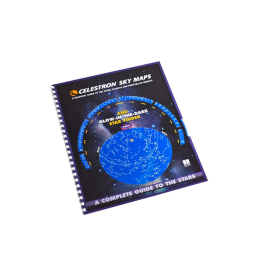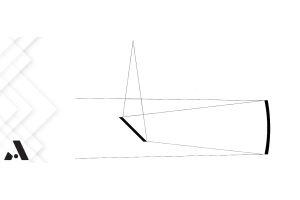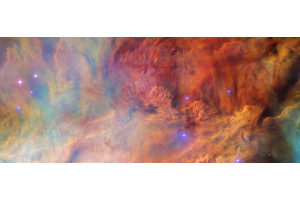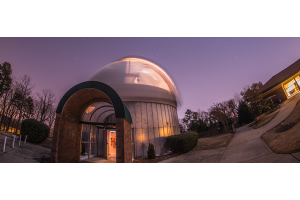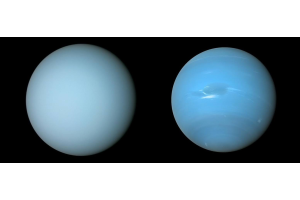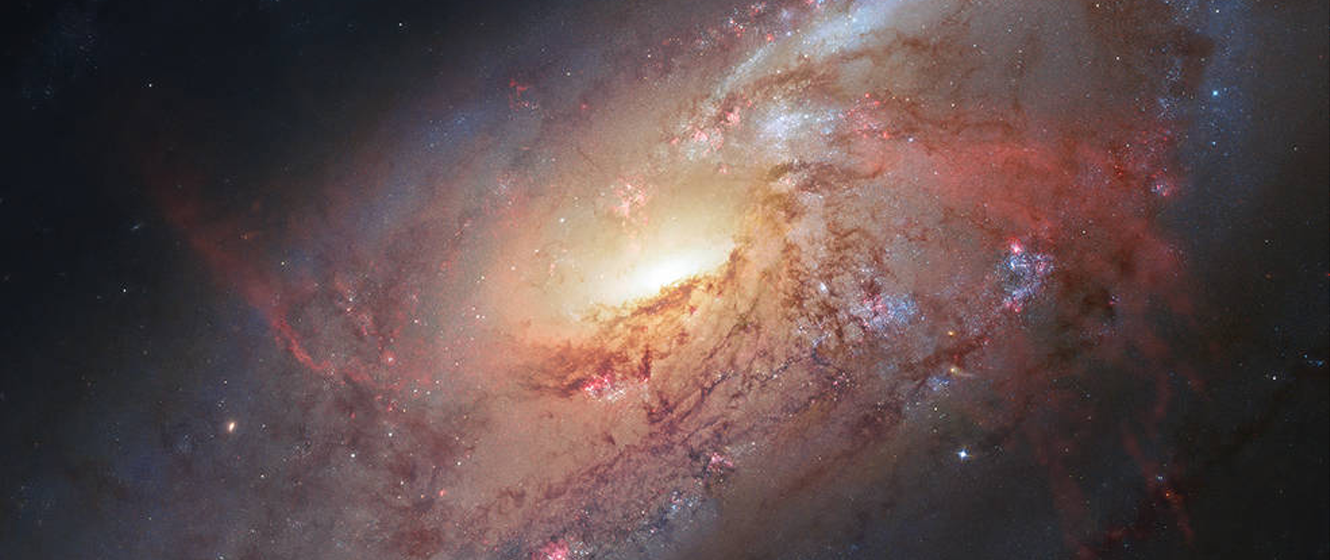
In this video Teagan shares an overview of some of the beautiful celestial objects we can see in the night sky for the month of April 2022.
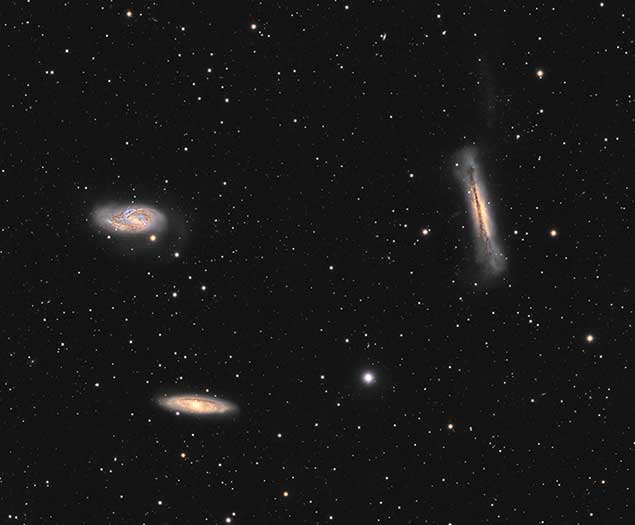
Image source: Ron Brecher
M65, M66, and NGC 3628 - The Leo Triplet
- Type: Galaxies
- Constellation: Leo
- Distance: 38 million light-years (average)
- Magnitude: 9.3 (M65), 8.9 (M66) and 9.1 (NGC 3628)
- Apparent Diameter: 8’ (M65), 10’ (M66) and 11’ (NGC 3628)
As many folks know, spring is galaxy season, and we currently have the opportunity to see three shining examples close together. Known collectively as the Leo Triplet, you can glimpse M65 and M66 within the same binocular field of view as Theta Leonis, or Chertan, but you’ll need a scope to spot NGC 3628.
A magnification of around 75x will show all three as elongated patches, with M65 being the brightest and NGC 3628 the faintest of the three. Both M65 and M66 have bright cores, and while mid-sized scopes will show some texture and mottling, the trio is best seen in larger scopes of 300mm or more. Dark dust lanes can then be seen in all three, with a number of individual stars also becoming resolvable.
OUR NEAREST NEIGHBORS
Neptune is too close to the Sun to be visible, but Mercury returns to the evening sky around mid-month. If you want to try your luck, look low over the western horizon from about 15 minutes after sunset. It’ll be in Aries when it first becomes visible and then crosses into Taurus on the 25th. It reaches its furthest point from the Sun in the sky on the 28th.
Uranus is also in Aries but is too faint to be seen against the evening twilight. Venus, Mars, and Saturn start the month huddled together in Capricornus. You’ll see them in the pre-dawn twilight, with all three within the same binocular field of view on the 1st. Mars and Saturn draw closer together and will be less than a Moon’s width apart on the 3rd and 4th. The planets are then joined by Jupiter around mid-month, with all four appearing equally spaced on the 18th. Like Mars and Saturn, Venus and Jupiter are drawing closer together and will be less than half a degree apart on the 30th. The waning crescent Moon passes the four planets from the 24th to the 27th. It turns new on the 1st, full on the 16th, and then new again on the 30th.
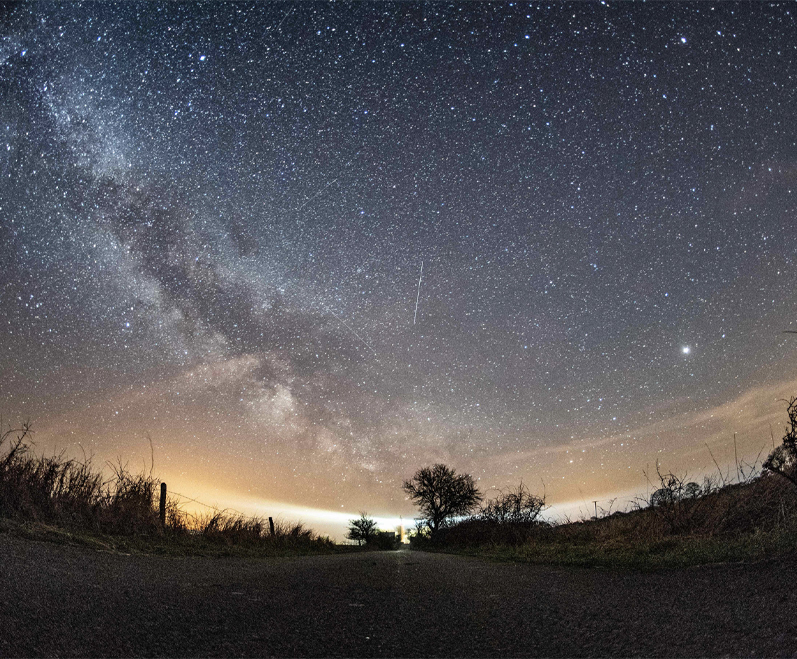
Image credit: Daniel Reinhardt
The Lyrid Meteor Shower
It’s been a few months since we last had a major meteor shower, but now we have the Lyrids to look forward to. They’ll peak in the early hours of the 22nd, with around 18 meteors being visible under ideal conditions.
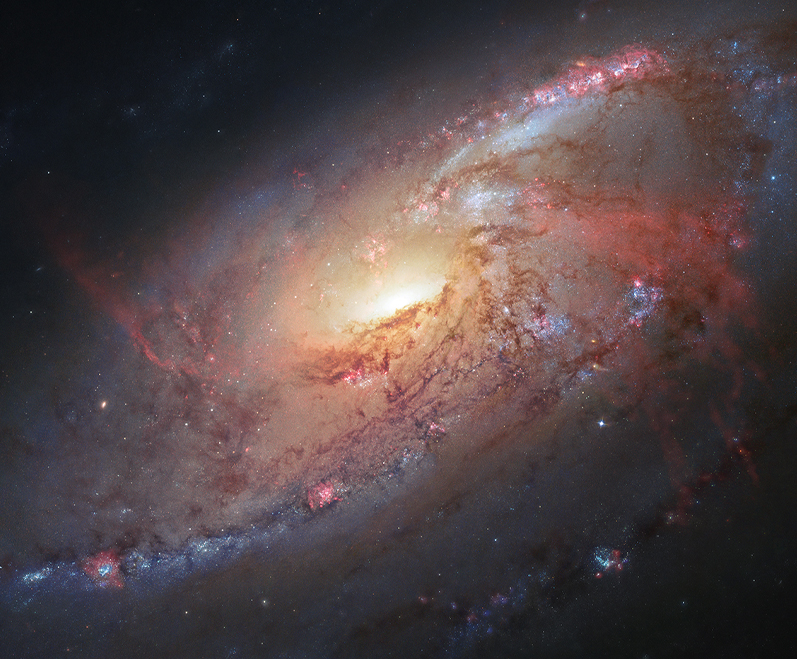
Image credit: NASA
M106
Located in the constellation Canes Venatici, M106 is one of the brightest galaxies visible from the northern hemisphere. It’s detectable in binoculars but a telescope can show a spiral arm or two and the galaxy’s dark dust band.
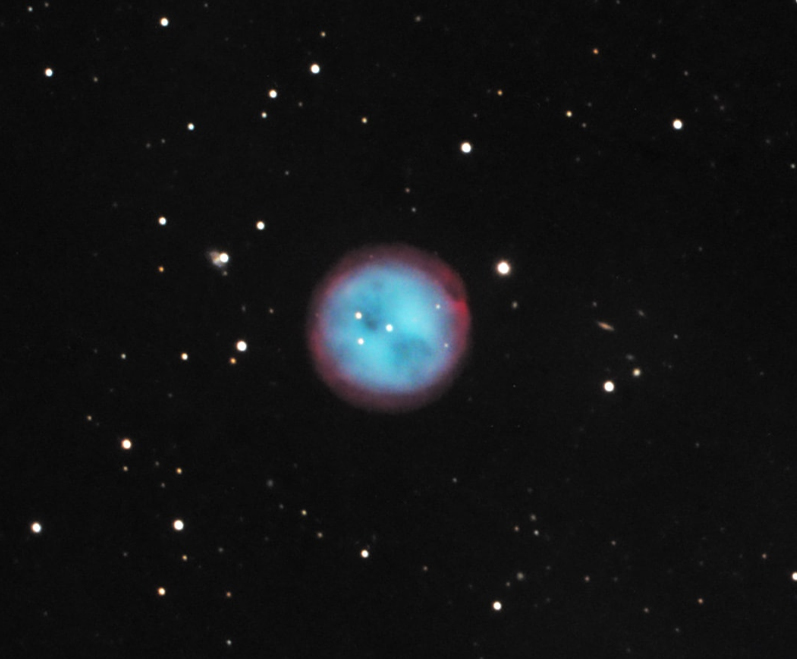
Image credit: Stargazer Observatory
M97 - The Owl Nebula
You’ll find the Owl Nebula just two and a quarter degrees from Merak, one of the stars that outline the bowl of the Big Dipper. It’s possible to spot it with binoculars, but it’s best to use a telescope.
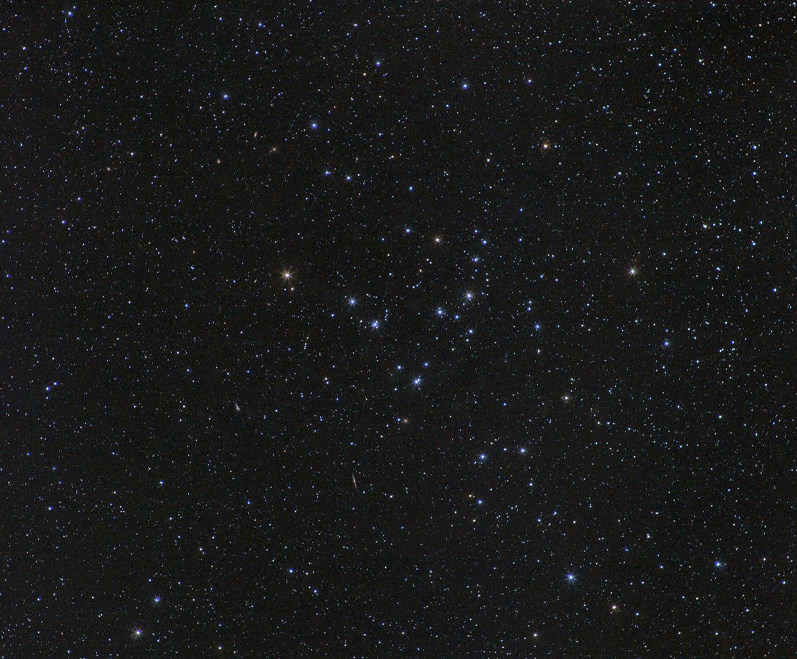
Image credit: Brett Waller
Melotte 111 - The Coma Star Cluster
This scattering of stars can be found roughly midway between the stars Denebola in Leo and Cor Caroli in Canes Venatici. You should be able to glimpse it with the naked eye under dark skies, but otherwise the cluster is best seen through binoculars or a very low powered eyepiece.
STELLAR CONCEPTS
Ecliptic: If there’s one thing the Sun, Moon and planets have in common, it’s that they all loosely follow the same path as they move through the constellations. This path is called the ecliptic, and it cuts through the 12 constellations of the zodiac: Aries, Taurus, Gemini, Cancer, Leo, Virgo, Libra, Scorpius, Sagittarius, Capricornus, Aquarius and Pisces. However, the ecliptic also passes through Ophiuchus, the Serpent-Bearer, and since the Sun, Moon and planets don’t precisely follow the path, it’s possible for them to pass through other constellations too.
This Article was Last Updated on 08/15/2023





